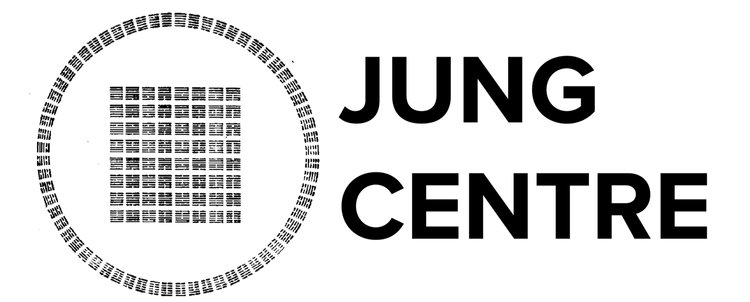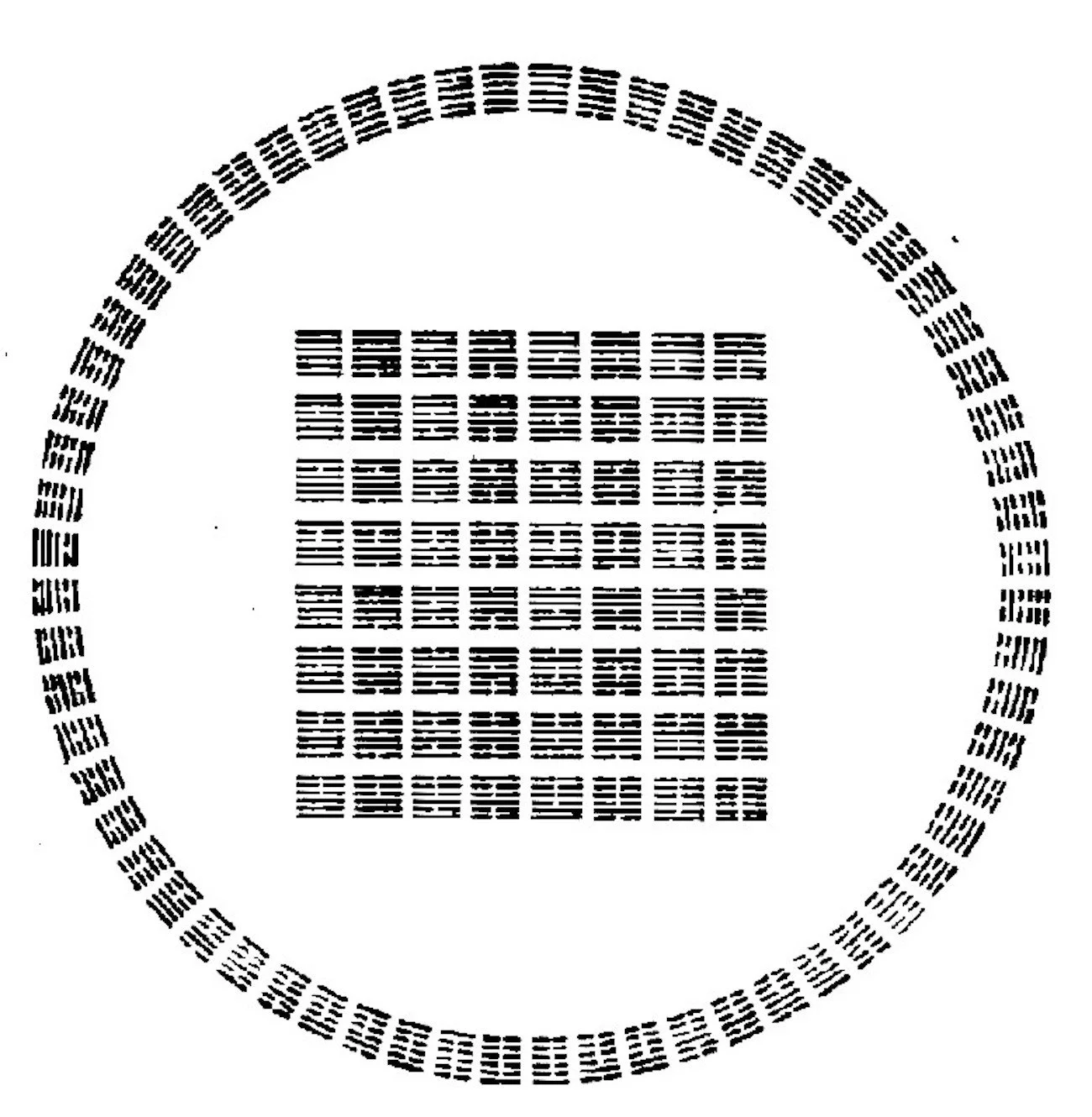An Introduction to Dreams
by Jasbinder Garnermann
Chairwoman, C.G. Jung Centre, Ireland
We all dream, although we do not always remember our dreams. The importance of dreams has found its acknowledgement in different cultures in accordance with the prevailing mind-set. In Biblical times, dreams were regarded as messages from God, full of prophecy and guidance for the people. In other cultures too dreams were regarded as our means of entry into another dimension, providing access to knowledge and wisdom which would be inaccessible to ordinary states of consciousness.
Today, we call this other dimension the unconscious and the work of Freud and Jung established dreams as an accurate means of entering it. Freud’s understanding of dreams reflects his ideas about the unconscious. Freud believed that the unconscious (which he termed the subconscious) was the repository of all the feelings and thoughts which we have had to repress because they would not be acceptable in a civilized society. For instance, Freud believed we all had sexual feelings about our parents, but because of the incest taboo we could not even begin to acknowledge these feelings (this is the well-known Oedipus complex). But these feelings ended up being repressed in the unconscious, and would come out in dream imagery, still heavily censored of course, so that in a dream if we were having sex with a mother-figure or even enjoying a warm bath we were in reality connecting to our Oedipal feelings. Freud’s understanding of dream-symbols in fact tends to be heavily sexual, with most symbols being interpreted as representing either male or female sexuality. For example, a shoe would represent the vagina, a foot would be phallic, as well as of course the more obvious interpretations such as towers, swords, pens, missiles being penis-like, and caves, ships, purses, mouths being symbols of the vagina. Although Freud’s interpretations may sometimes seem a bit stereotyped, it is important to remember that he did liberate the Victorian psyche to begin to at least admit the possibility that underneath all that conscious prudery, we could not deny the urgency of our sexual and power instincts.
Jung began his work as a Freudian, and believed emphatically in the power of the unconscious to subvert our conscious intentions. However, as he developed his own work, he began to discover that the unconscious was far more than a mere container for our personal dross. He began to see that our instincts which were buried in the unconscious had a wisdom and an insight that far exceeded the resources of our rational minds. So where was this uncanny sixth sense coming from? In his work with schizophrenic patients Jung realized that there was a deeper layer of the unconscious which connected us with the experiences, feelings, insights and values of the whole of humanity across all time. Jung called this layer the collective unconscious, and it became the foundation for his life’s work, leading him to his ground-breaking work on alchemy and its meaning for our psychological processes.
As Jung’s work on the unconscious and its understanding through symbols expanded Jung discovered another great source which would lead him to the two major concepts that we associate with his psychology – the concept of individuation and the concept of the Self. The sources for these two lynchpins of depth-psychology were the Vedas, the Upansihads and the Bhagavad Gita , the sacred texts of ancient India. In these he discovered a wealth of symbolic thinking, which would give him an understanding of the shaping archetypal forces, or cosmic energies that influence and demand expression in our lives. The deities in these scriptures are as varied and powerful as the cosmos itself and they each embody a powerful force. For instance, Indra the king of the gods is associated with thunder and lightning and symbolizes dominance, Vayu is wind, enlivening and electrifying us with the breath of spirit, Siva Lord of the Dance symbolizes the cosmic cycle of creation and destruction, while his consort Parvati is the energy-force that gives form and substance to all creation, Vishnu is the great preserver, who again and again in different incarnations dives into the waters of darkness to bring new meaning and establish order and righteousness for creation. Agni is fire – in all its awesome transformative and sacrificial power.
At the centre of these powerful forces that determine all existence is Brahma, the supreme force, Ultimate Reality. From the Indian scriptures, Jung discovered that this supreme force, or God, is reflected in each of us as Atman, the manifestation of Brahma in the individual. Atman is Self, as opposed to the ego, the personal bundle of likes and dislikes, fears and desires which we ordinarily identify with. In order to attain self-realization or samadhi, we have to topple the ego, so that we can begin more and more to live from the Self. Indian philosophy developed a whole science of physical, emotional, mental and spiritual exercises and techniques for getting rid of the ego and aligning us with the Self. This science is Yoga, which means union. Yoga identifies four states of consciousness, and its first goal is to unify these states, so that consciousness becomes an unbroken thread which connects all four states and also remains unbroken through death. Through this unification, Yoga leads to the ultimate union, that of the individual Self with the Divine.
Jung developed a system of dream-interpretation which is effectively a Yoga of dreams. Through working with our dreams, Jung believed, we could unify conscious and unconscious, thus healing an age-old split within our psyches. No longer would we be pulled between the demands of warring opposites such as the persona and shadow, masculine and feminine, ego and Self, inner and outer, I and Thou, but we would be able to function from the core of wholeness, the Self, which by allowing us to fulfill our own unique destiny therefore also makes us the instrument of the Divine.



